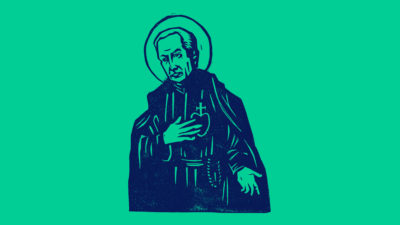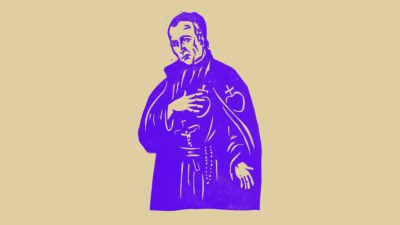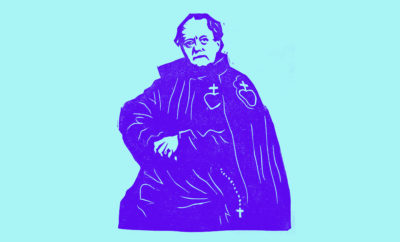Born into one of the wealthiest and noble families in England, George Spencer (1799 – 1864) having completed his education at Cambridge, was ordained as an Anglican priest, with the pastoral care of the villages on the Althorpe estate where he had grown up.
He quickly showed that he recognised he had a vocation rather than a job, and his pastoral outlook focussed on the care of the poor and the development of Christian unity. Struggling with some aspects of the Creed, he eventually converted to Catholicism, in a very similar path to that taken by John Henry Newman. After completing his studies and being ordained in Rome, he returned to work in the Black Country, based in Walsall and West Bromwich. Again his work was directed to the poor, especially the Irish who were engaged in constructing the navigation canals and railways. At the same time he worked as closely as was permissible with clergy from other denominations.
Because of failing health George was moved to Oscott College near Birmingham, to be the spiritual director of the students. In addition to guiding them in their prayer life, he also taught them about the skills of playing cricket – something he described as being his “mania”.
While in Oscott he developed his relationships with the Passionists, in particular Dominic Barberi whom he had met in Rome. On his forty-seventh birthday George entered the Passionist Congregation, changing his name to Ignatius of St. Paul. With a strong sense of mission, and acutely aware of the scandal of disunity, Ignatius spent most of the rest of his life travelling across the United Kingdom, Ireland and Europe preaching three day missions, all of which focussed on the need for prayers for the conversion of England, and hoping that one day “they may all be one”. He stressed that the first conversion to take place had to be of oneself.
Having completed a mission near Glasgow he travelled by train to his next mission in Leith, near Edinburgh. With an hour to spare he went to visit his godson in Carstairs; while on the lane up to the house he suffered a seizure and died in a ditch – something he had often prayed for. The body of Ignatius was taken back to Sutton, St. Helens where it was eventually buried alongside Fr. Dominic Barberi and Mother Mary Joseph – his two co-workers. Ignatius was a man who planted the seed of the ecumenical movement in Northern Europe. He would be delighted with the progress that has been made, but disappointed that so much more remains to be done. The Cause for Beatification was introduced in 1973, and it is hoped that within the next few months Ignatius will be declared venerable, the first stage towards Beatification.
Related Stories

The Life of St Paul of the Cross
Who was Paul Francis Danei, and how did he become the founder of the Passionists?
Aug 04 2020

Who was Dominic Barberi, and how did he come to found the Passionists movement in England?
Jul 17 2020

The Passionists are a Catholic Religious Order, as well as a worldwide family who dedicate themselves to Passionist principles.
May 21 2021
